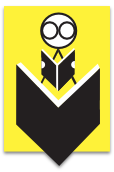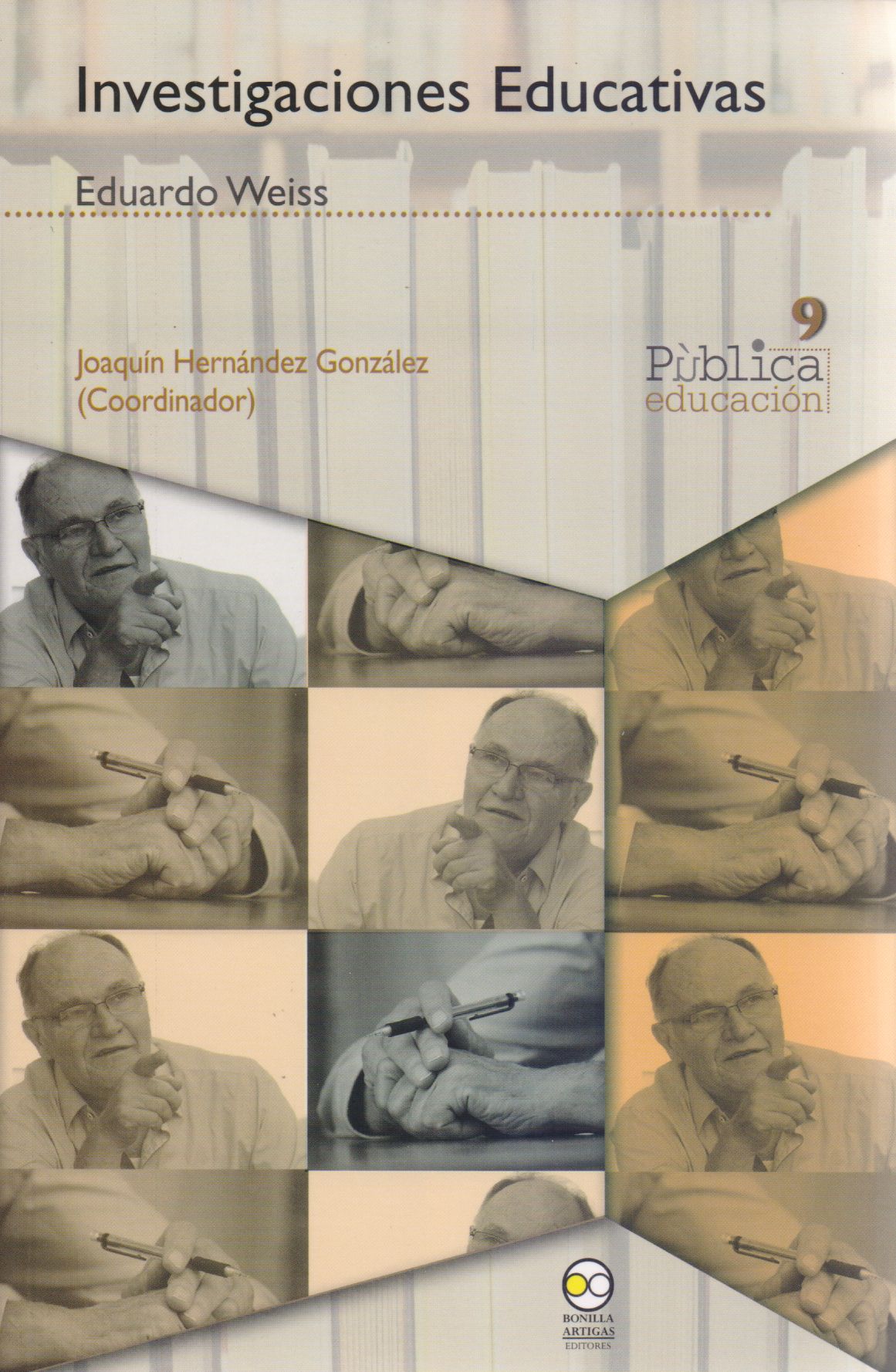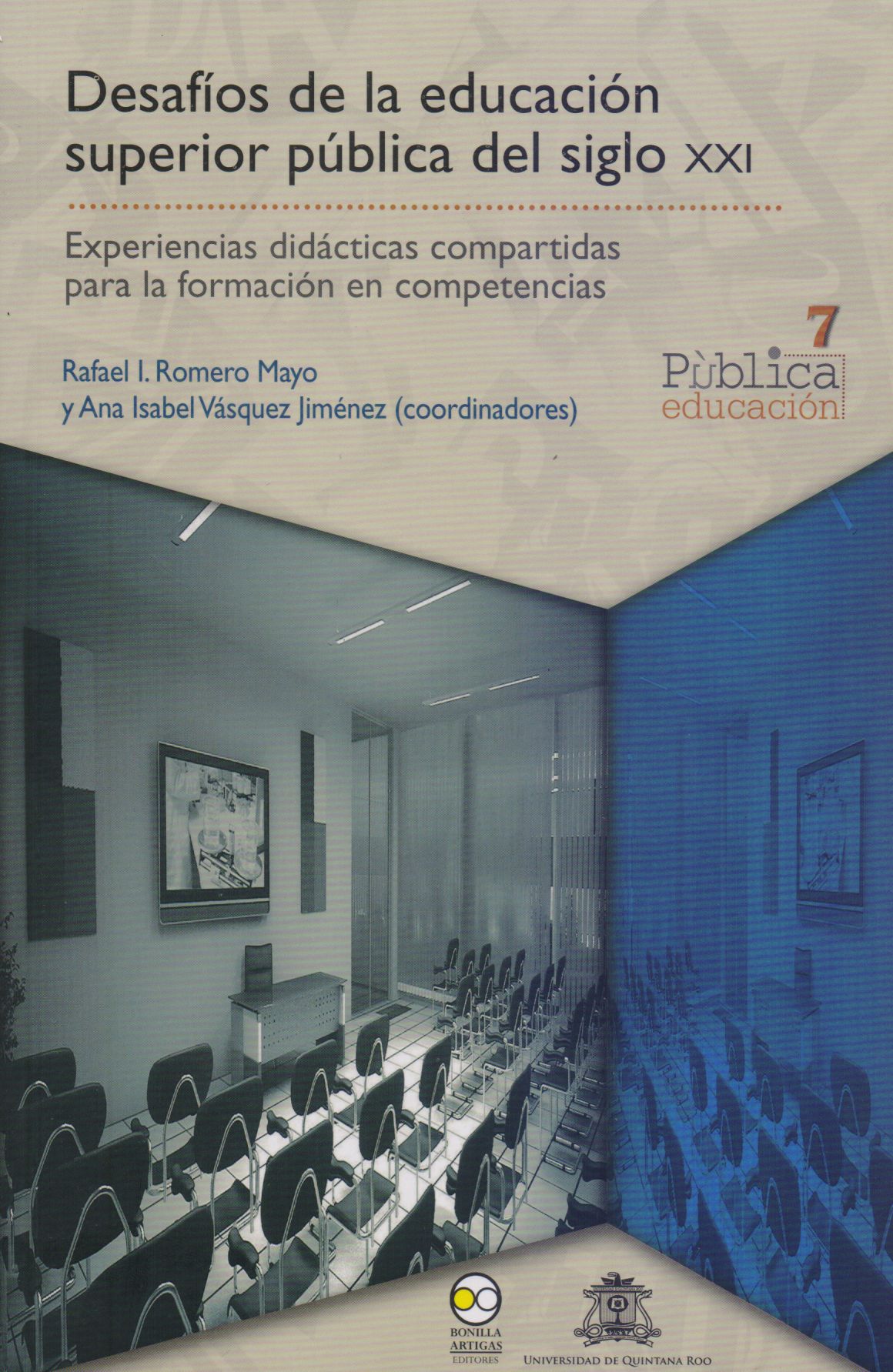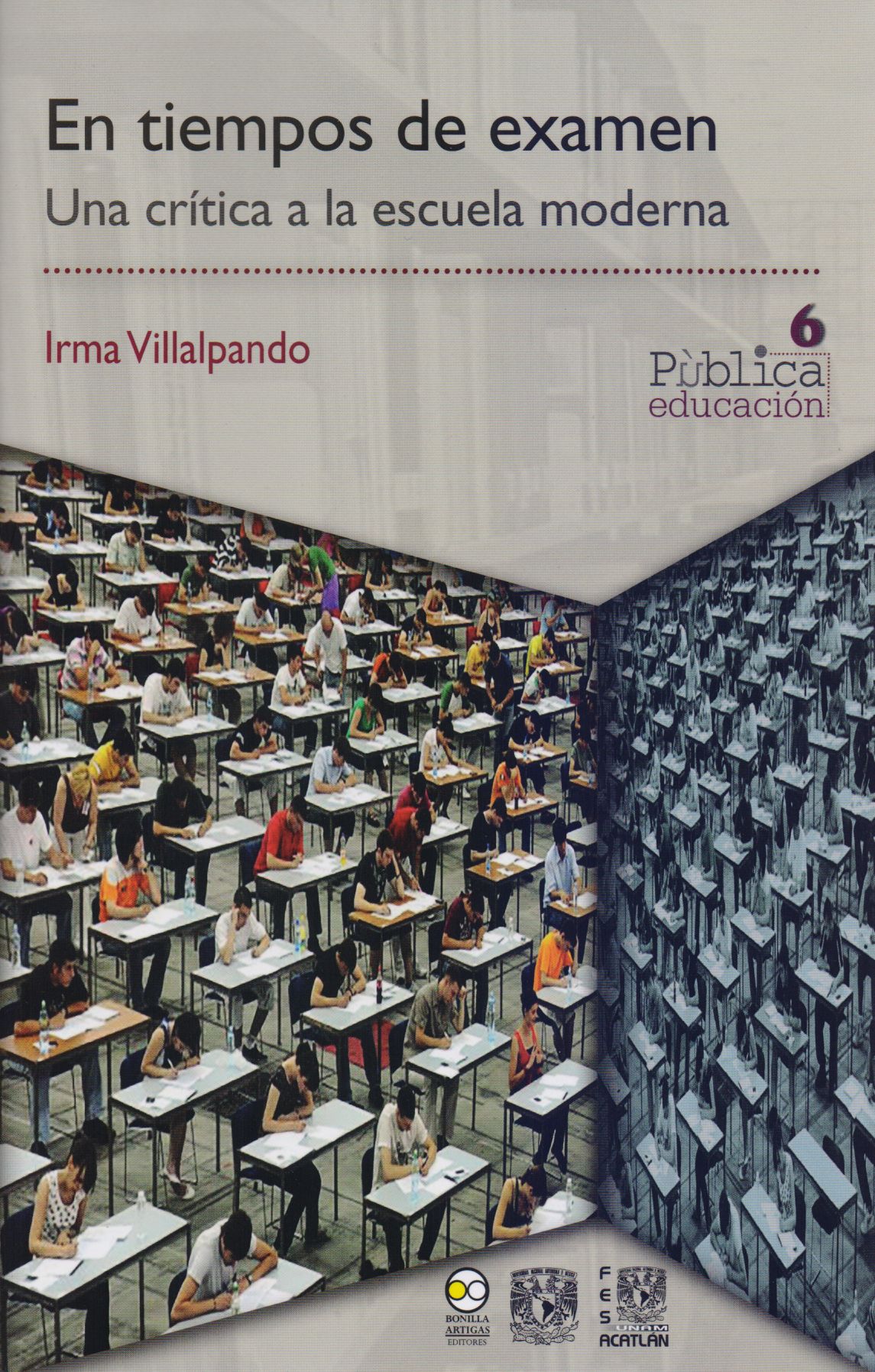Libros relacionados
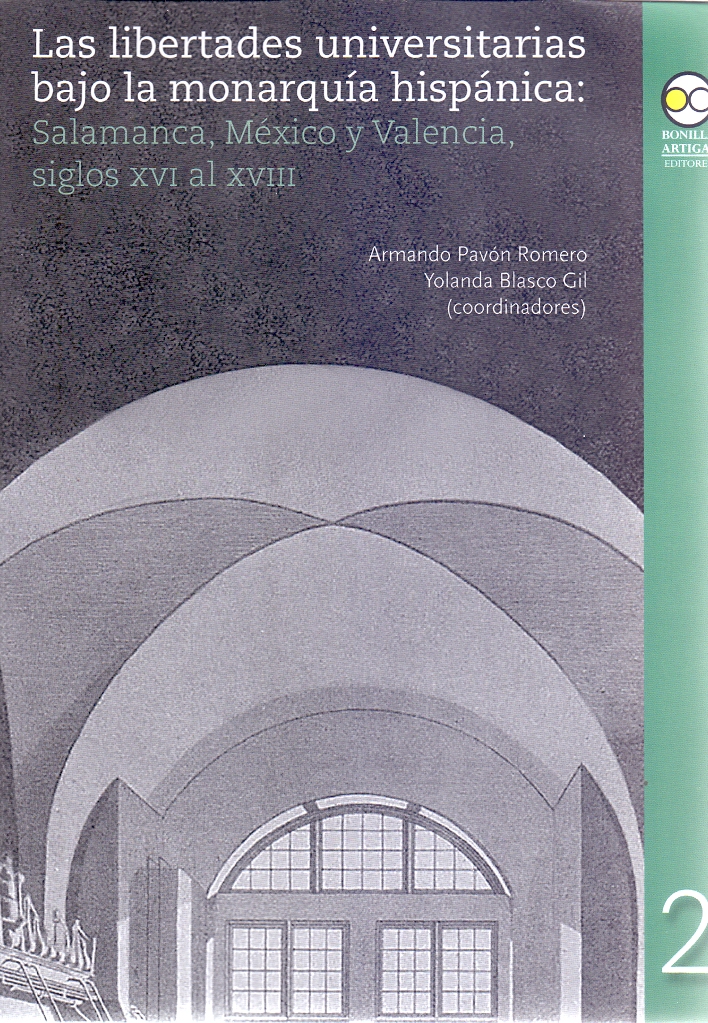 |
Libertades Universitarias Bajo la Monarquía Hispánica, Las: Salamanca, México Y Pavón Romero, Armando; Blasco Gil, Yolanda Bonilla Artigas Editores |
 |
El Currículo y el Desarrollo del Pensamiento Crítico. El Seminario de Formación Viniegra Velázquez, Leonardo Bonilla Artigas Editores |
 |
Gobernanza de la Educación Media Superior: Propuestas de Intervención Hernández Alcántara, Carlos ; Alvarado Rodríguez, María Euge Bonilla Artigas Editores |
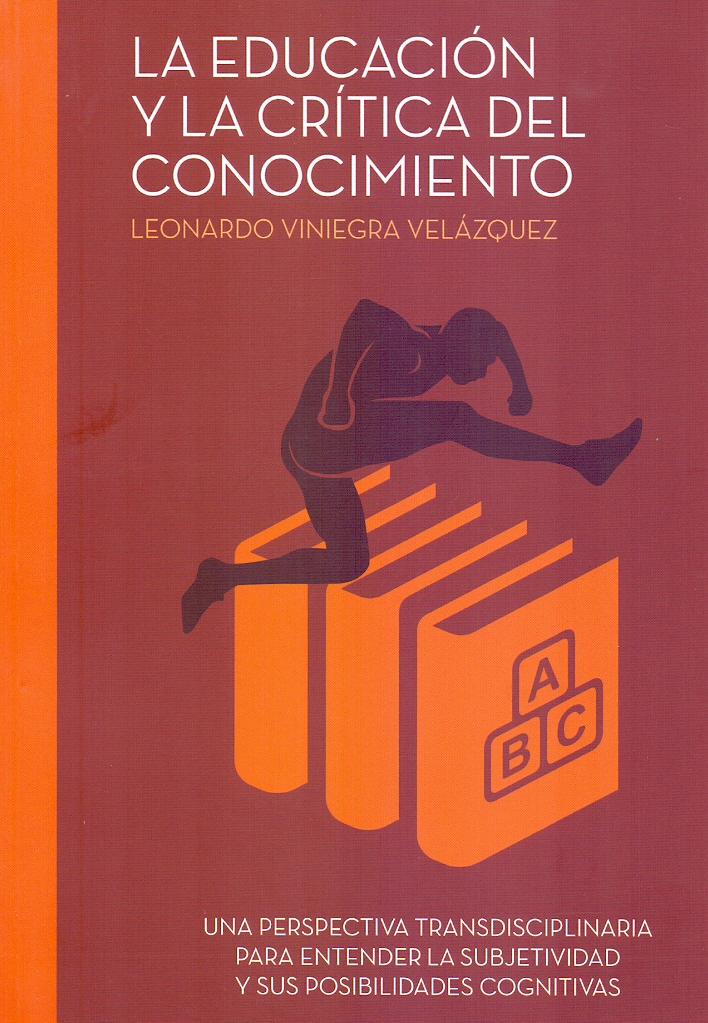 |
Educación y la Crítica del Conocimiento, La Viniegra Vélazquez, Leonardo Hospital Infantiil de México-Federico Gómez |
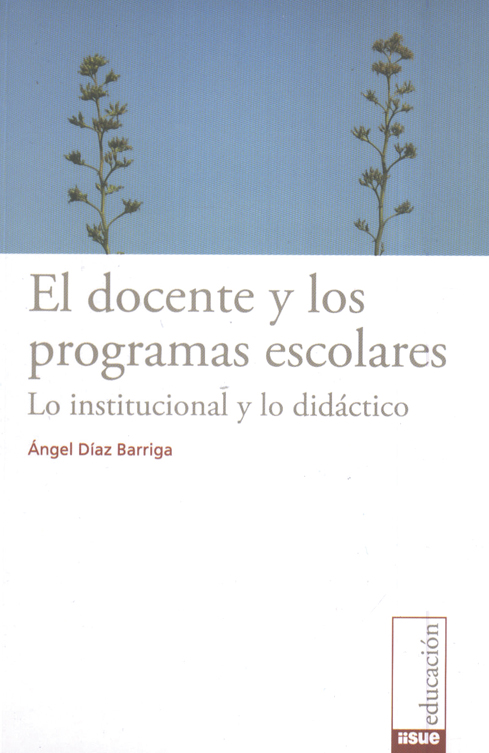 |
Docente y los Programas Escolares, El: Lo Institucional y Lo Didáctico Díaz Barriga, Ángel Bonilla Artigas Editores |
 |
Capacidad Crítica del Estudiante Universitario. La Importancia de la Formación E Glazman Nowalski, Raquel Bonilla Artigas Editores |
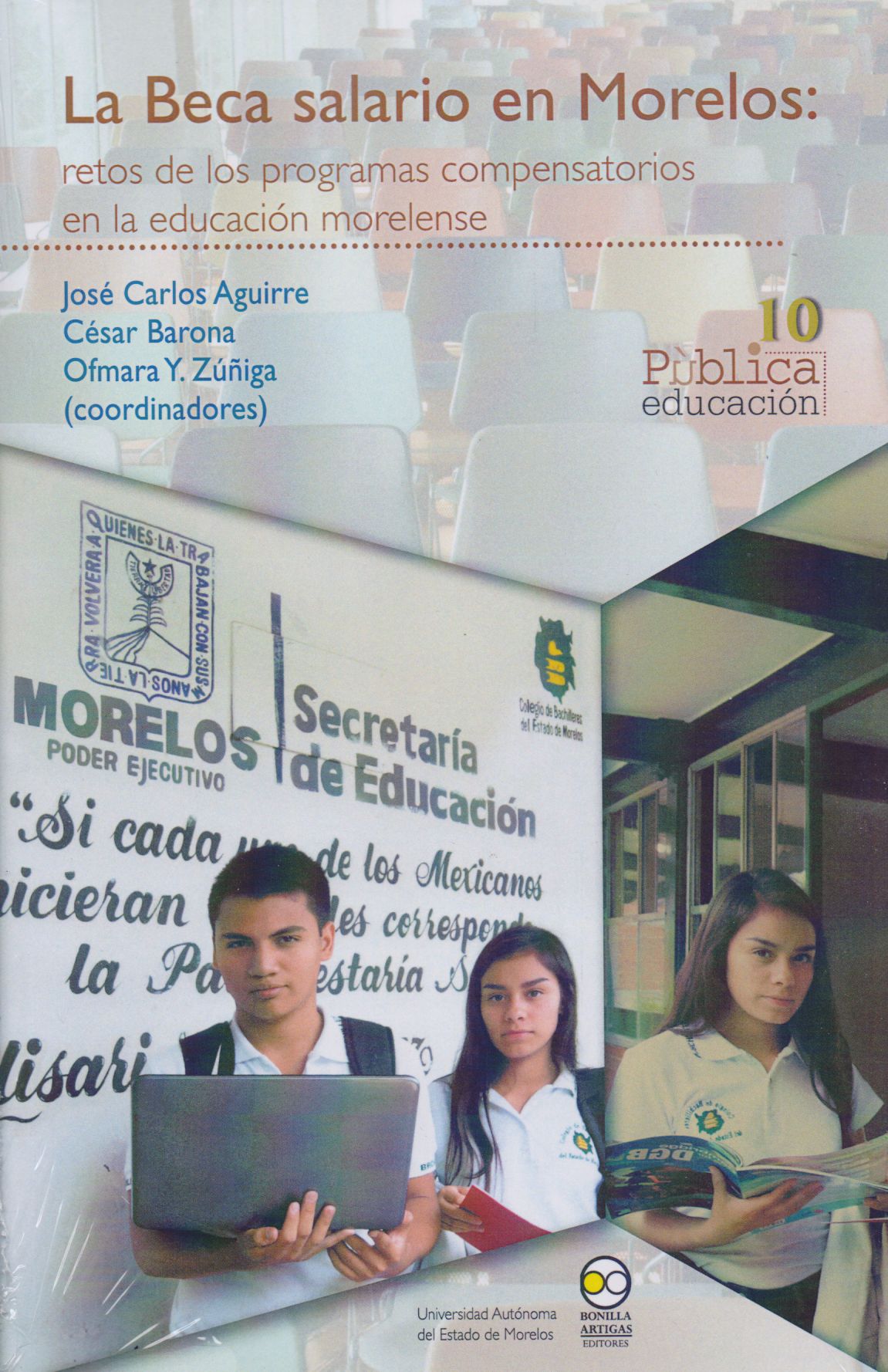 |
Beca Salario en Morelos, La: Retos de los Programas Compensatorios en la Educaci Carlos Aguirre, José Bonilla Artigas Editores |
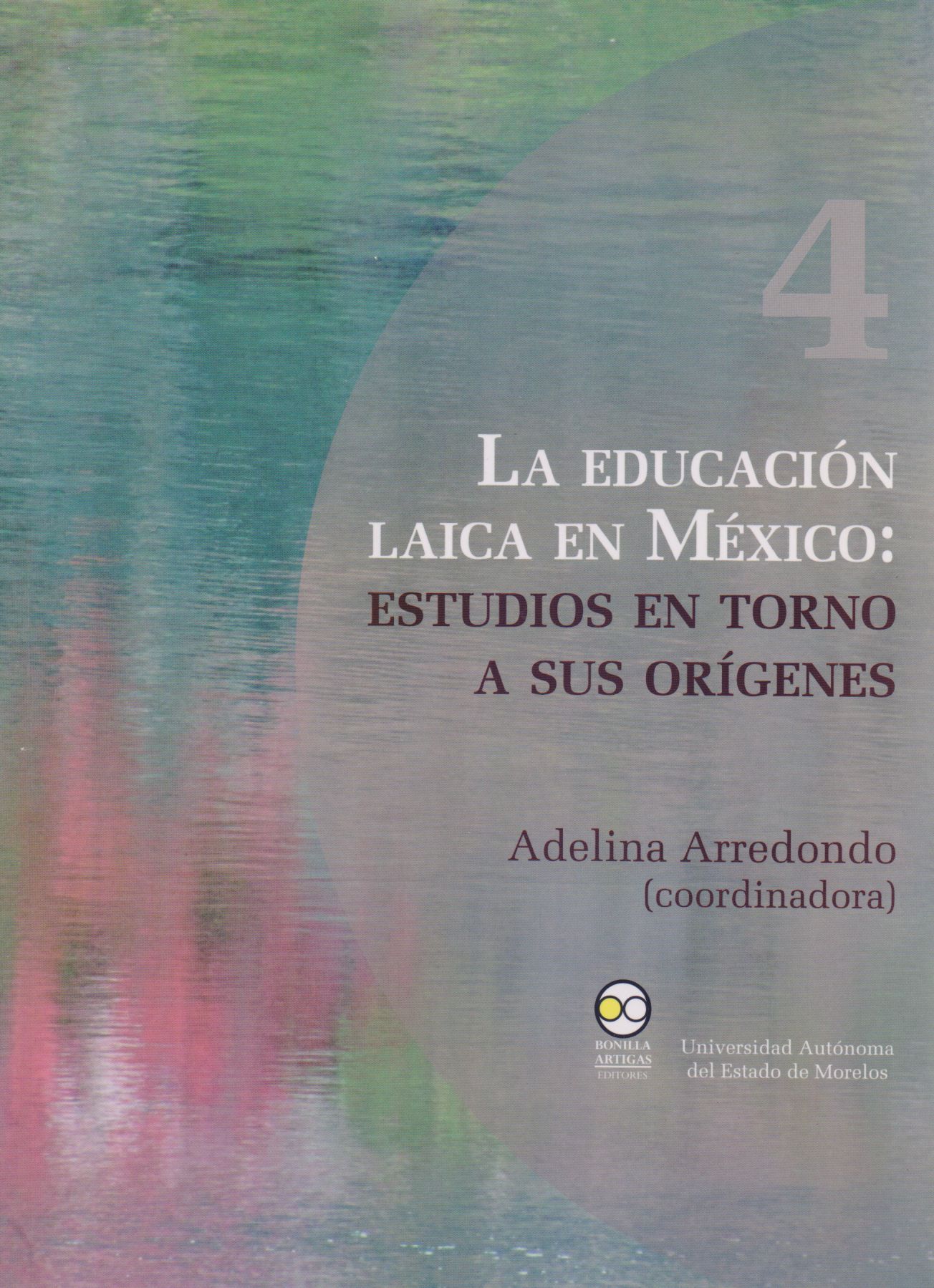 |
Educación Laica en México, La: Estudios en Torno a Sus Orígenes Arredondo, Adelina (Coordinadora) Bonilla Artigas Editores |
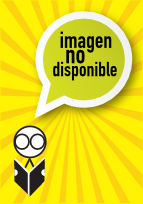

|
Título: Bilingual Advantage, The | |
| Autor: Rodríguez, Diane / Carrasquillo, Angela | Precio: $645.00 | |
| Editorial: Teachers College Press | Año: 2014 | |
| Tema: Educación, Lenguaje, Ingles | Edición: 1ª | |
| Sinopsis | ISBN: 9780807755105 | |
| This comprehensive account of bilingualism examines the importance of using students' native languages as a tool for supporting higher levels of learning. The authors highlight the social, linguistic, neuro-cognitive, and academic advantages of bilingualism, as well as the challenges faced by English language learners and their teachers in schools across the United States. They describe effective strategies for using native languages, even when the teacher lacks proficiency in that language. This resource addresses both the latest research and theory on native language instruction, along with its practical application (the what, the why, and how) in K-8 classrooms. Key features include:
* Examples of programs that address the needs of learners from diverse language backgrounds, including Spanish, Chinese, Korean, Haitian Creole, Hindi, Bengali, and Russian. * Teaching strategies, activities, and student tasks geared toward current academic standards. * The role of primary language in ESL, dual language, special education, and general education programs |
||
Librería Bonilla SA de CV © Todos los derechos reservados. 2019
Última actualización: Jul 2019
